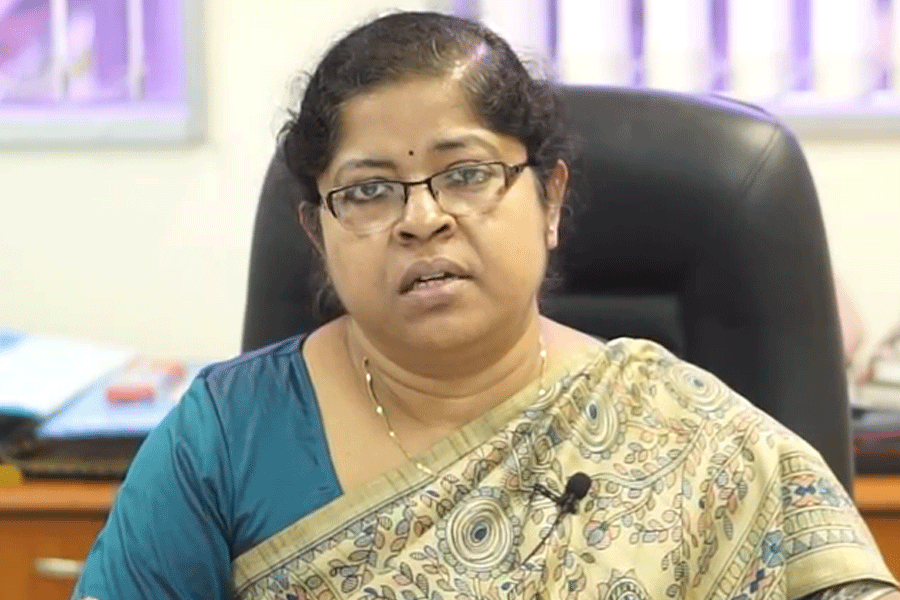Visva-Bharati has decided to restore three Japanese gardens on the campus — one of them set up by Rabindranath Tagore’s son, Rathindranath — by an expert from Japan soon.
The Japanese department of Visva-Bharati has appealed to the consul general of Japan in Calcutta, Masayuki Taga, to arrange for an expert gardener who can help the university restore the gardens in keeping with Japanese culture.
Gita A Keeni, the head of Japanese department, told The Telegraph: “We wanted to restore our Japanese gardens but we had no expert gardener. So, we requested the consul general of Japan in Calcutta who has helped us get the expert. The expert in Japanese garden, Fumio Thukamoto, will visit the campus on February 11 for two days.”
Visva-Bharati sources said there were three Japanese gardens on the campus — one is beside Udayan house in Uttarayan complex, the second garden is at Nippon Bhavana and third near the Nandan gallery of Kala Bhavana.
The Japanese garden beside Udayan, where the poet stayed for a log period of time, was designed by Rathindranath Tagore in the 1930s. The gardens at Nippon Bhavana was designed by the then Japanese language professor Saini Makino and the garden near Nandan gallery was designed by a group of scholars from Japan.
Nilanjan Banerjee, the special officer of Rabindra Bhavana and a scholar in the Japanese department, said: “We did not get any expert on Japanese gardens earlier. As a result, the gardens were not being restored for a long time. The oldest Japanese garden is in the Uttarayan complex. We are happy as now the gardens will be restored properly under guidance of an expert gardener.”
Rabindranath went to Japan five times between 1916 and 1929 and saw the culture and rituals of Japan, including the concept of gardening in that country.
In his travelogue, Japan Jatri, Tagore wrote: “The Japanese know what a garden should be. Merely piling up earth and planting shrubs in geometrical patterns is not enough as you will know if you have ever been to a Japanese garden.”
Visva-Bharati sources said during his maiden visit to Japan, the poet had stayed at a beautiful garden-house, which was the residence of a Japanese silk merchant and art lover Tomitaro Hara.
“Tagore was so influenced by the culture and gardens, the Ikebana (Japanese art of flower arrangement) and the Chado (Japanese tea ceremony) that he had wished to bring an entire Japanese house to Santiniketan,” said Banerjee, the special officer of Rabindra Bhavana.











